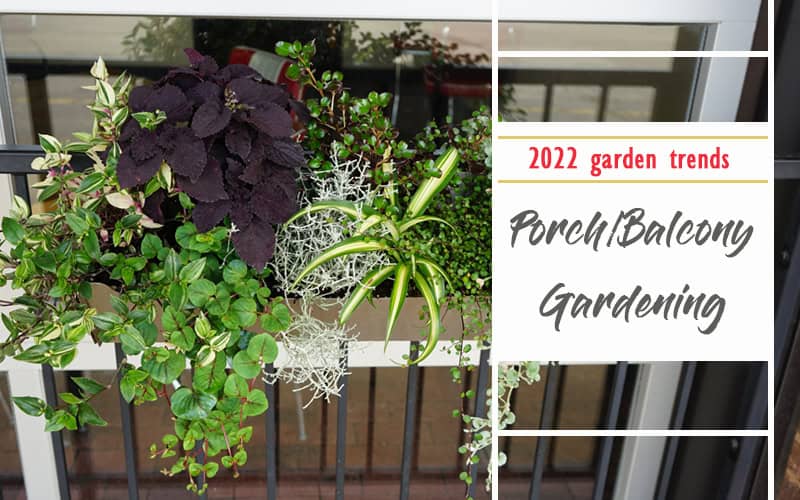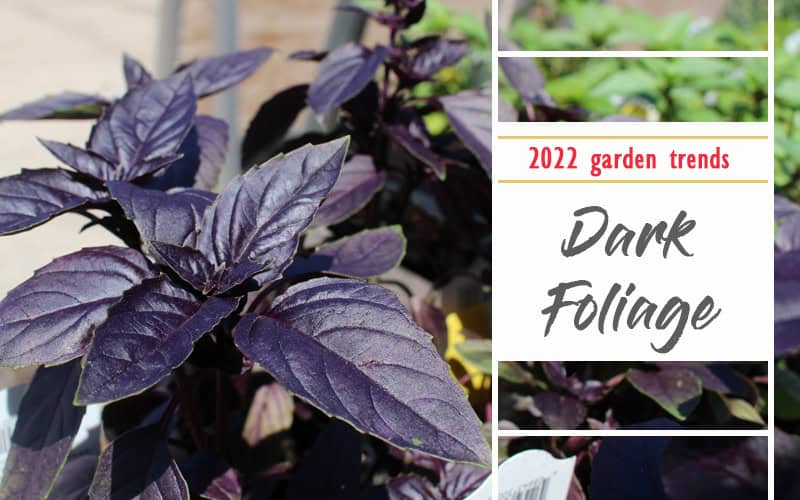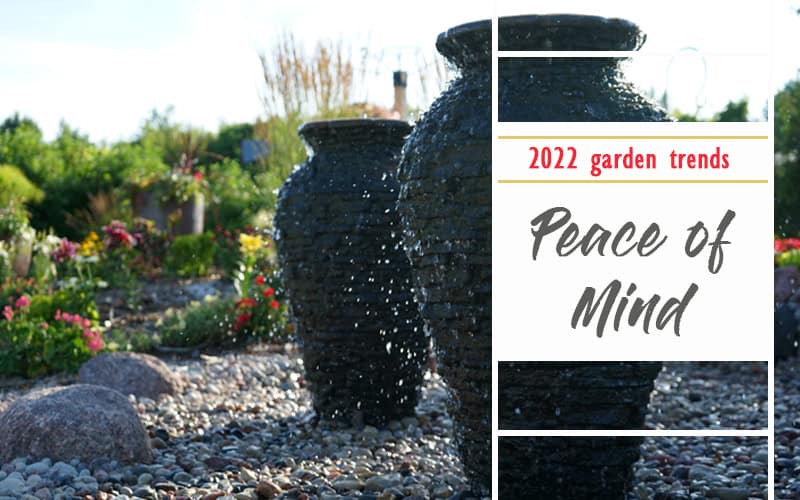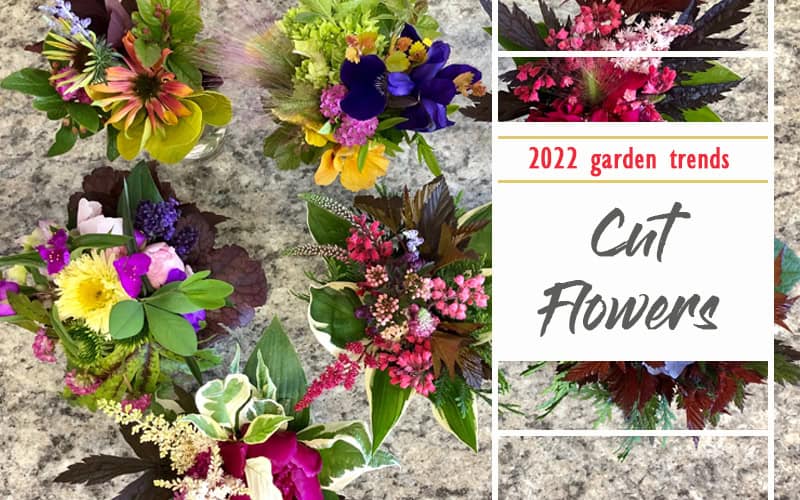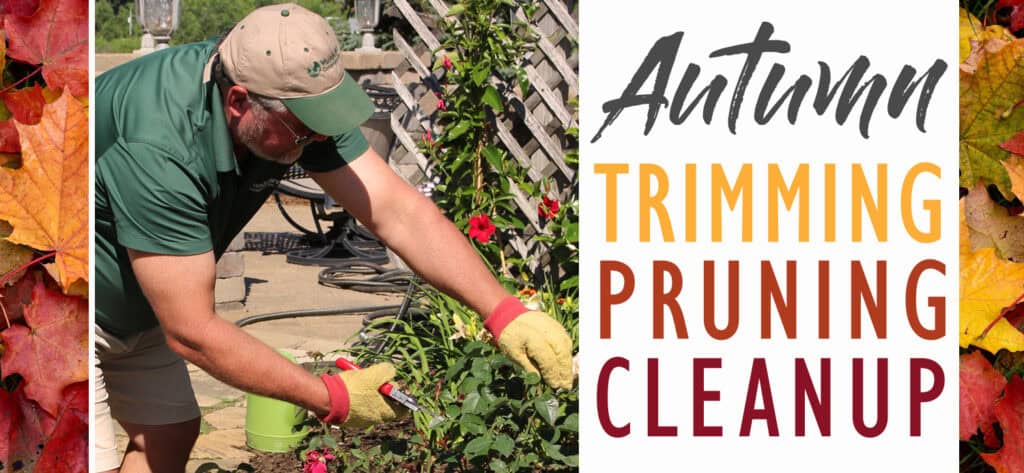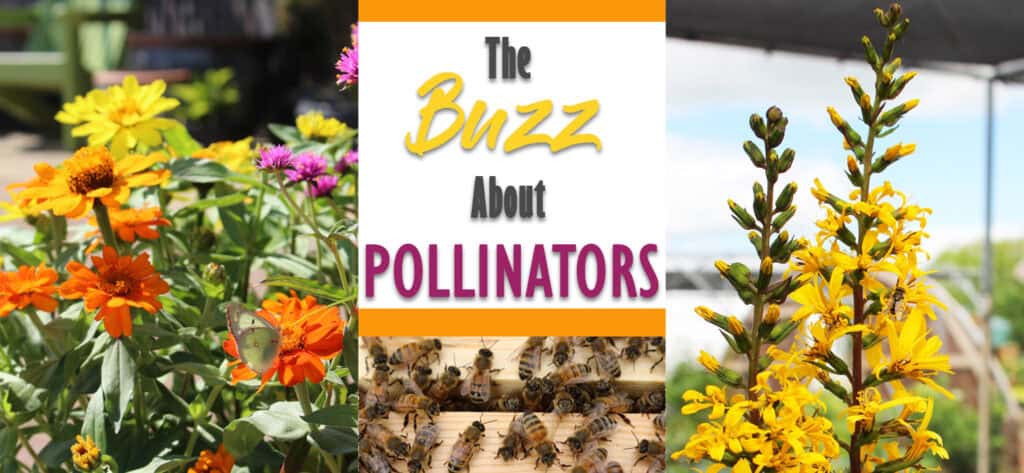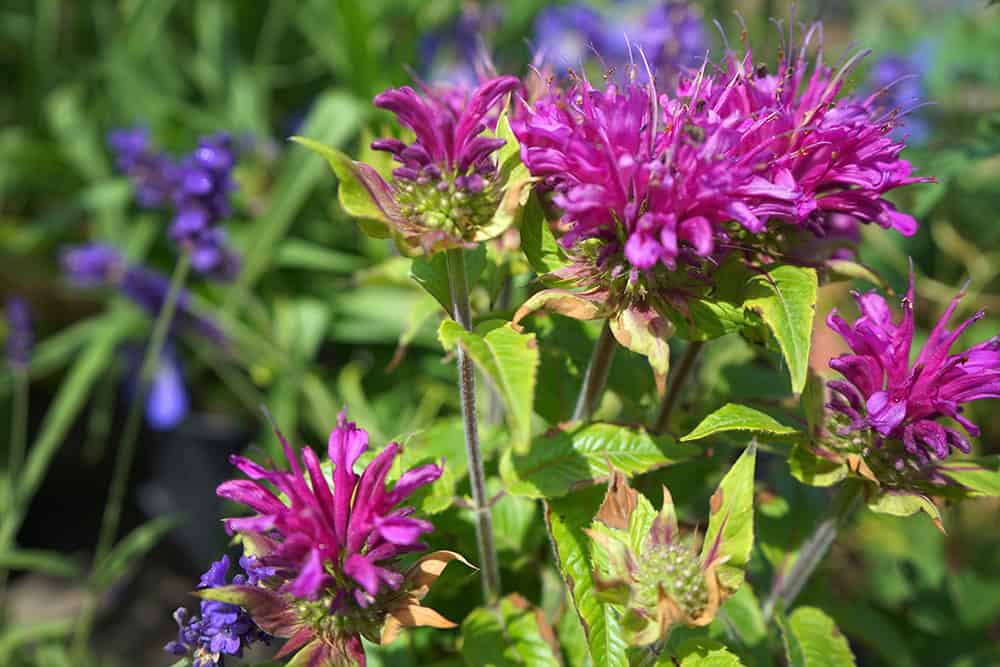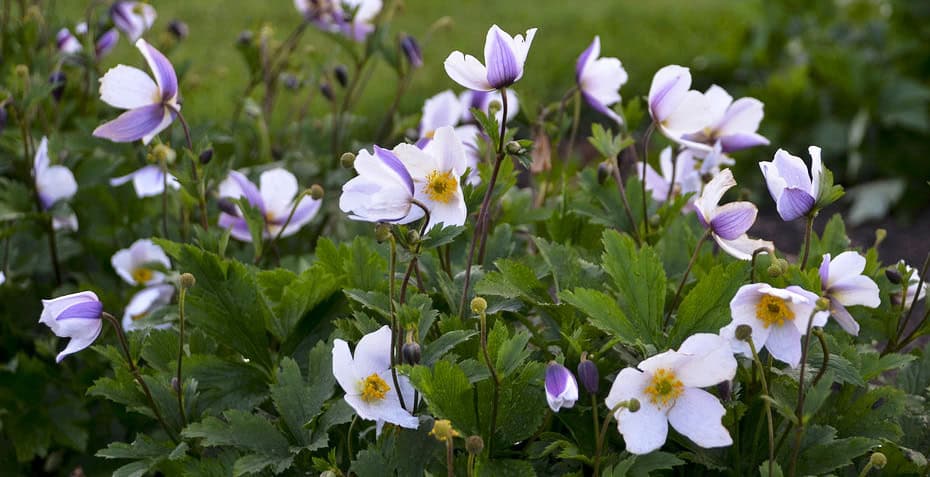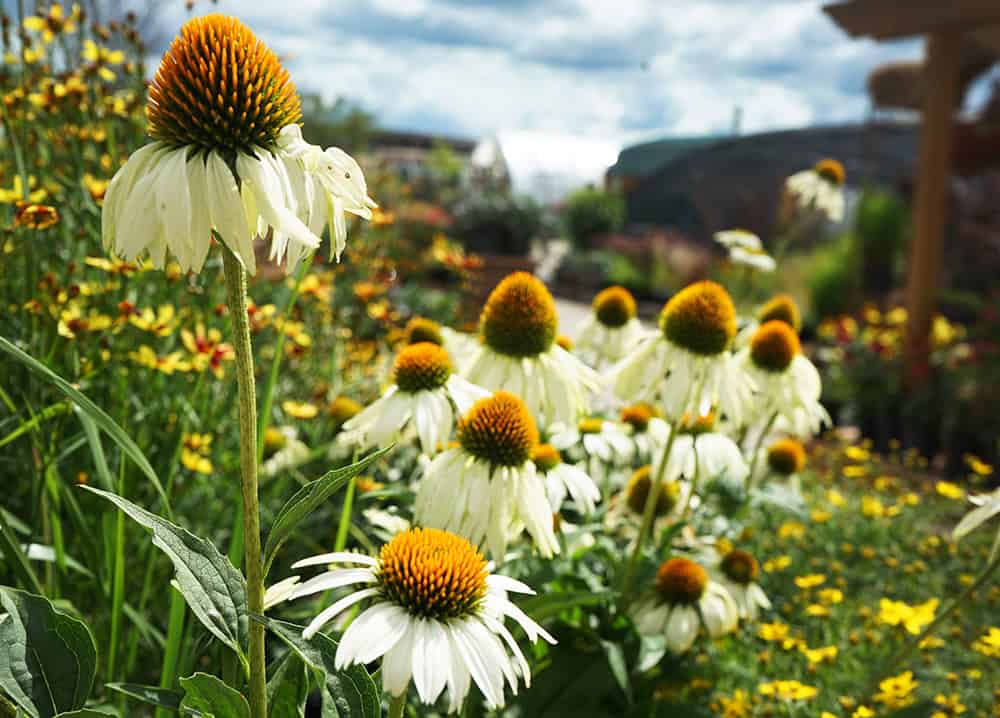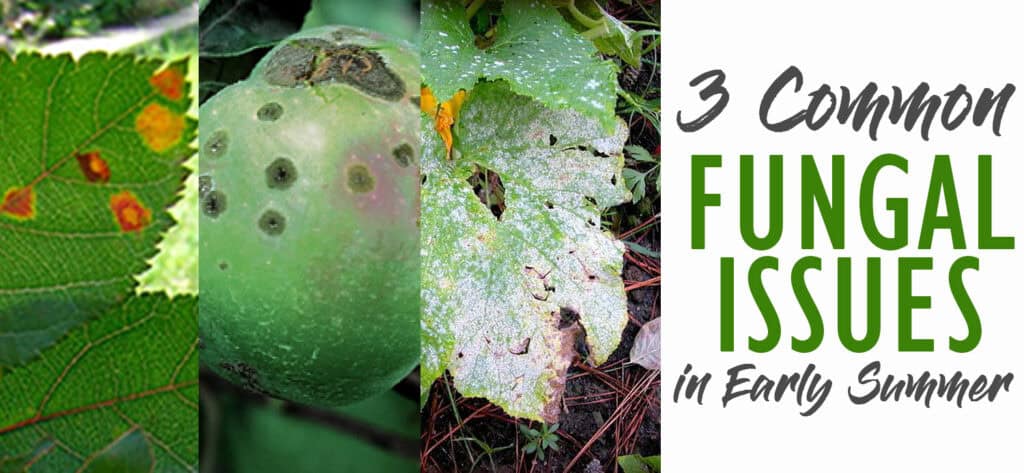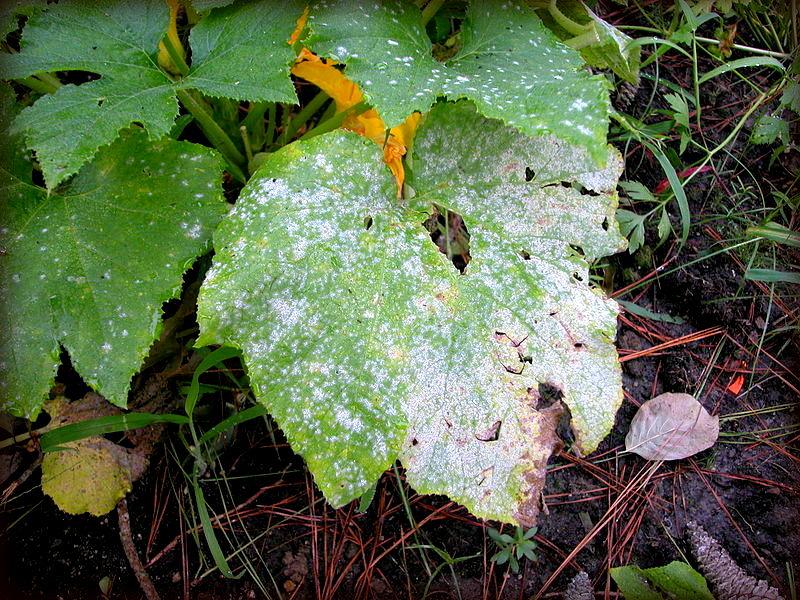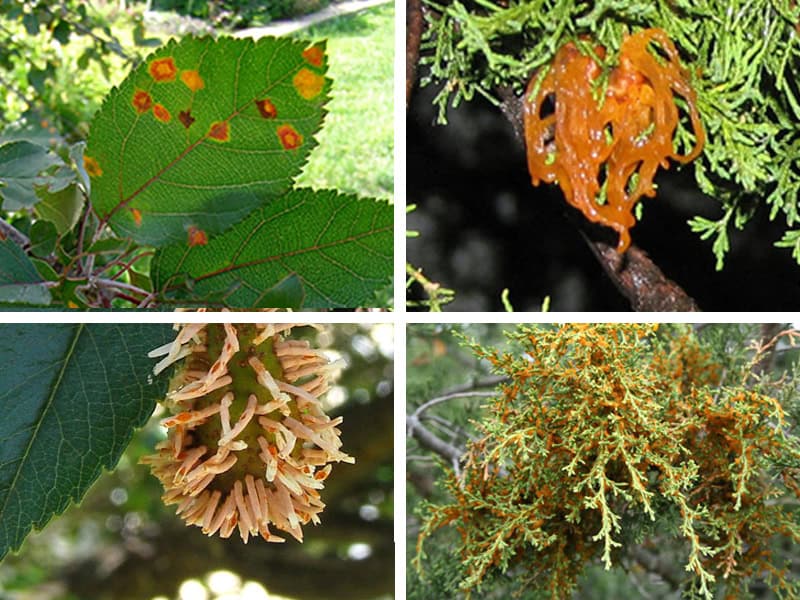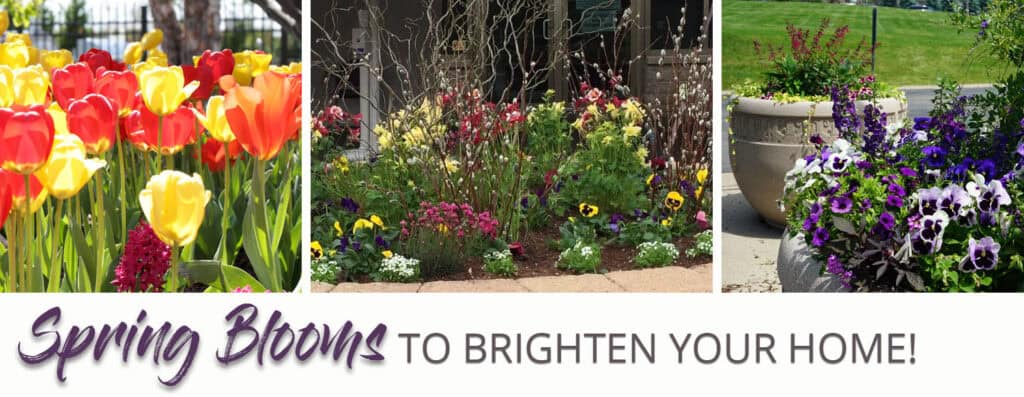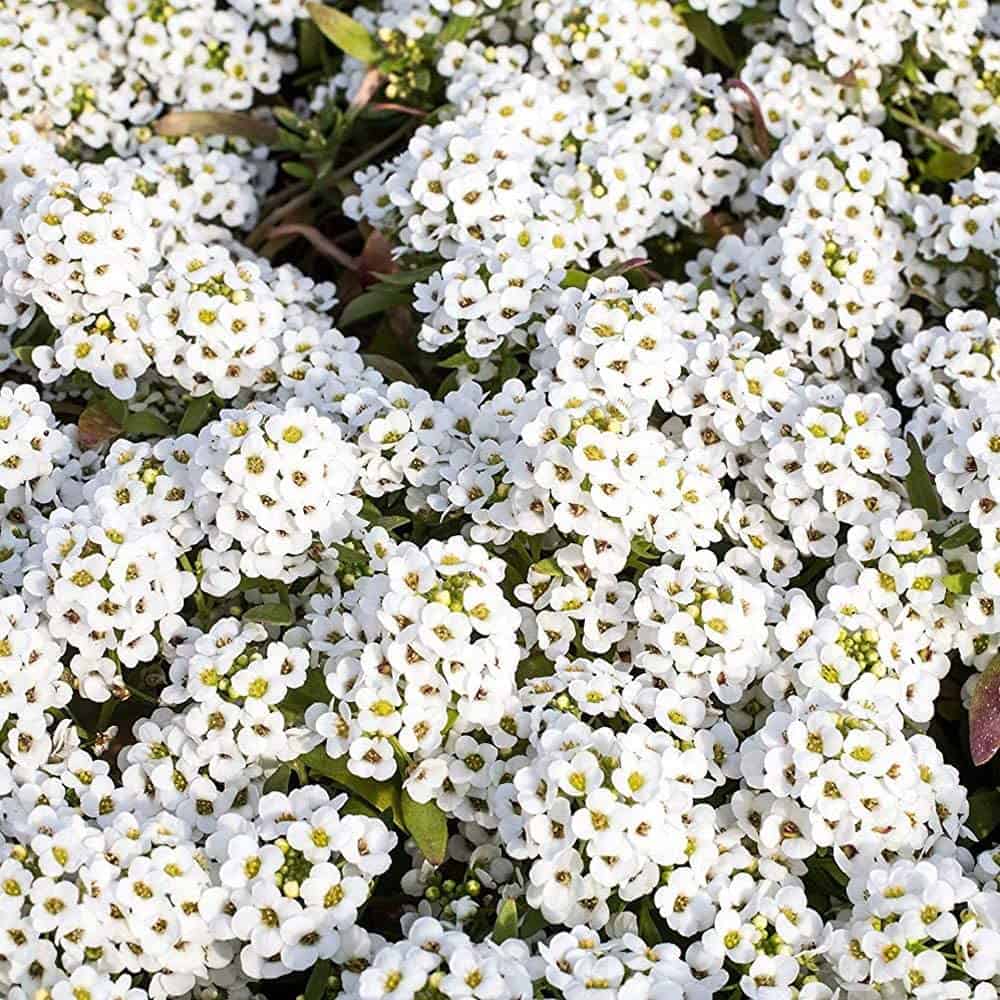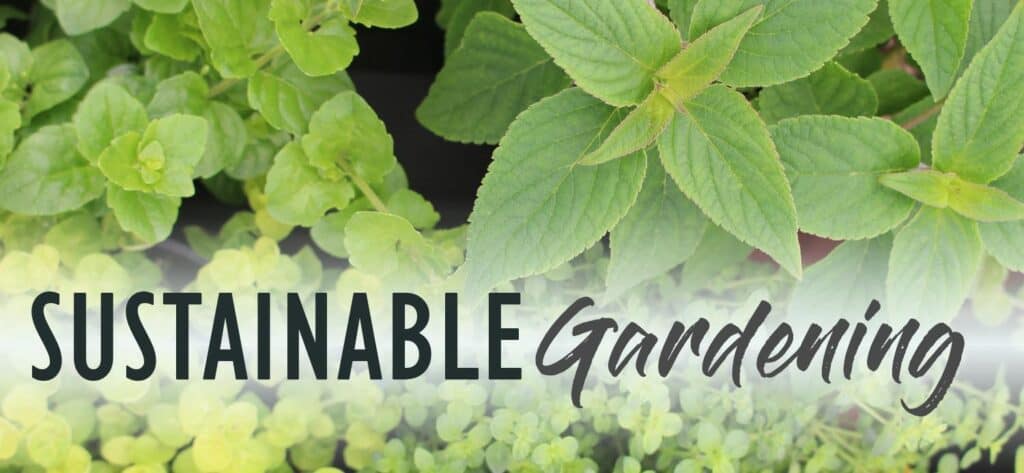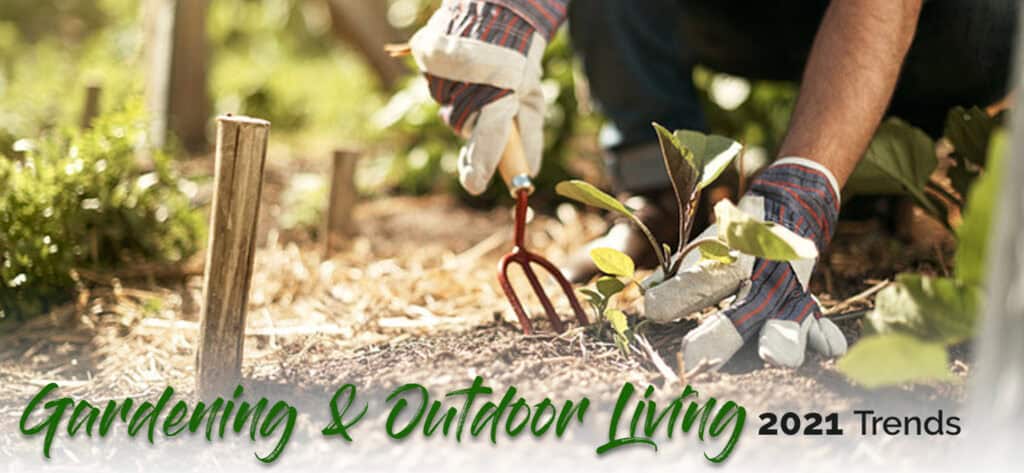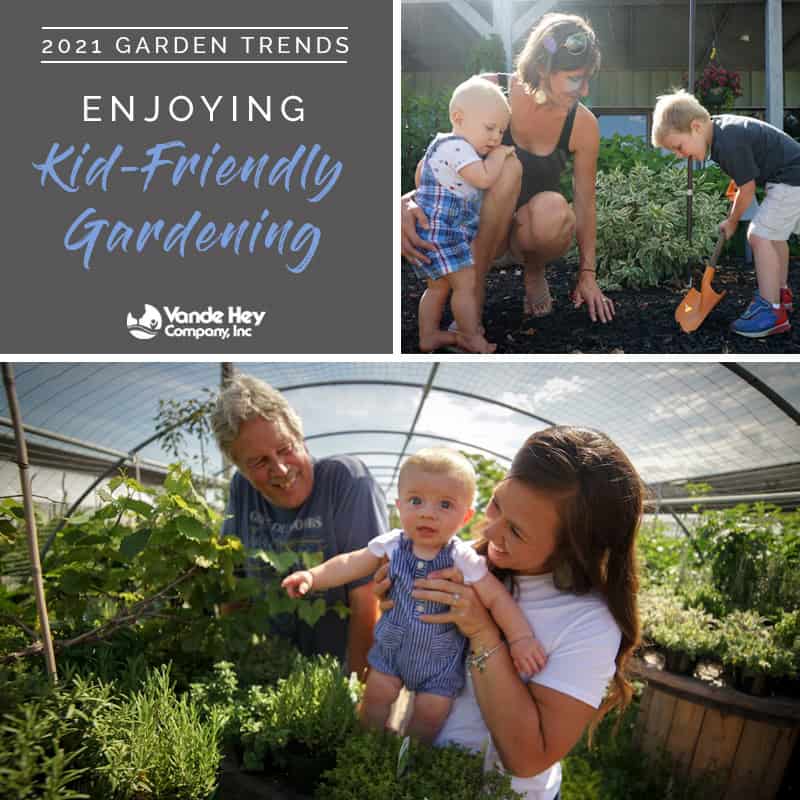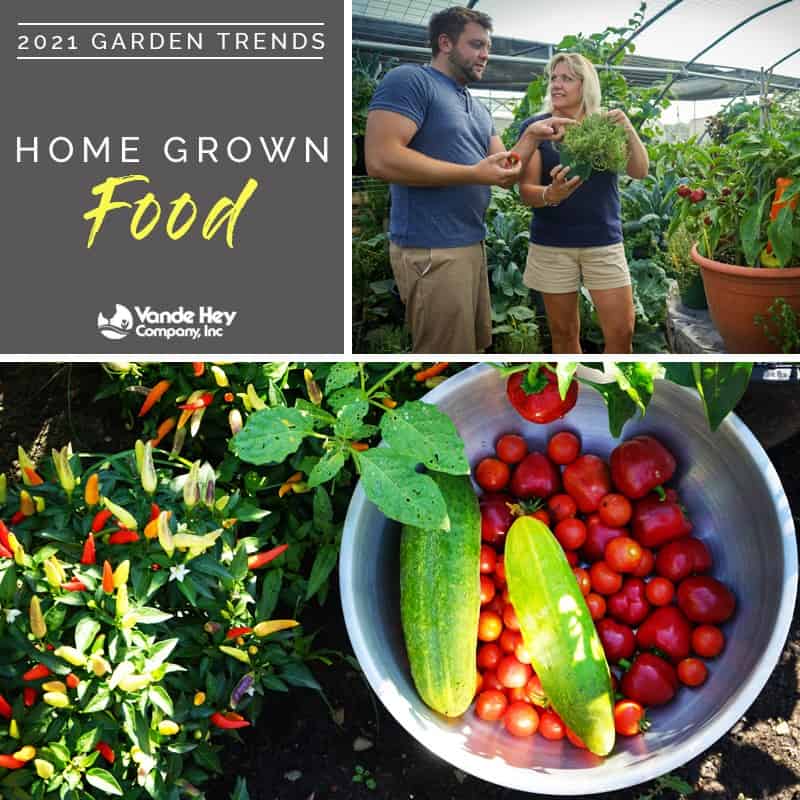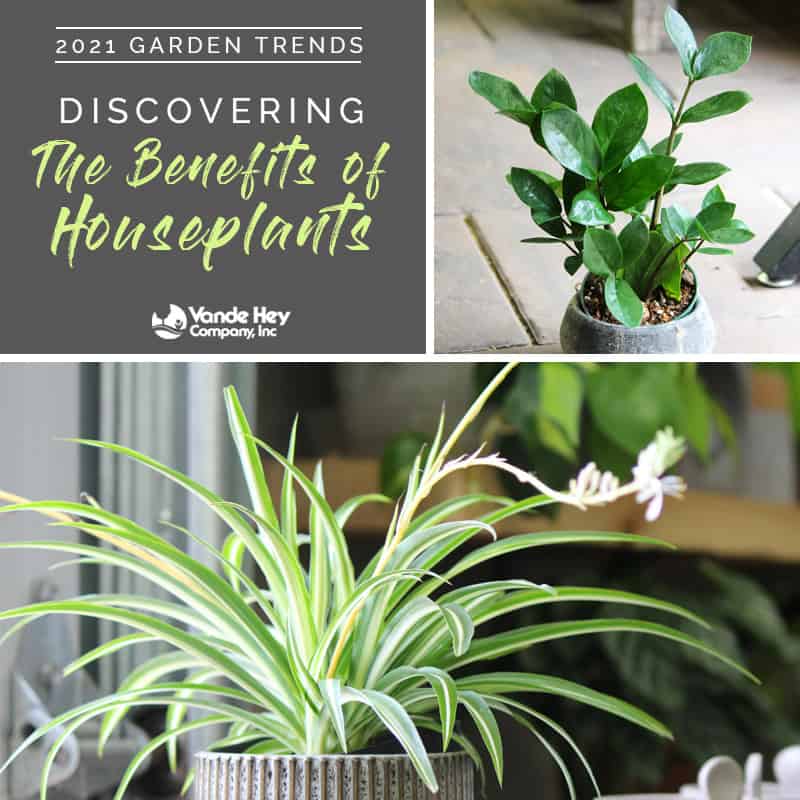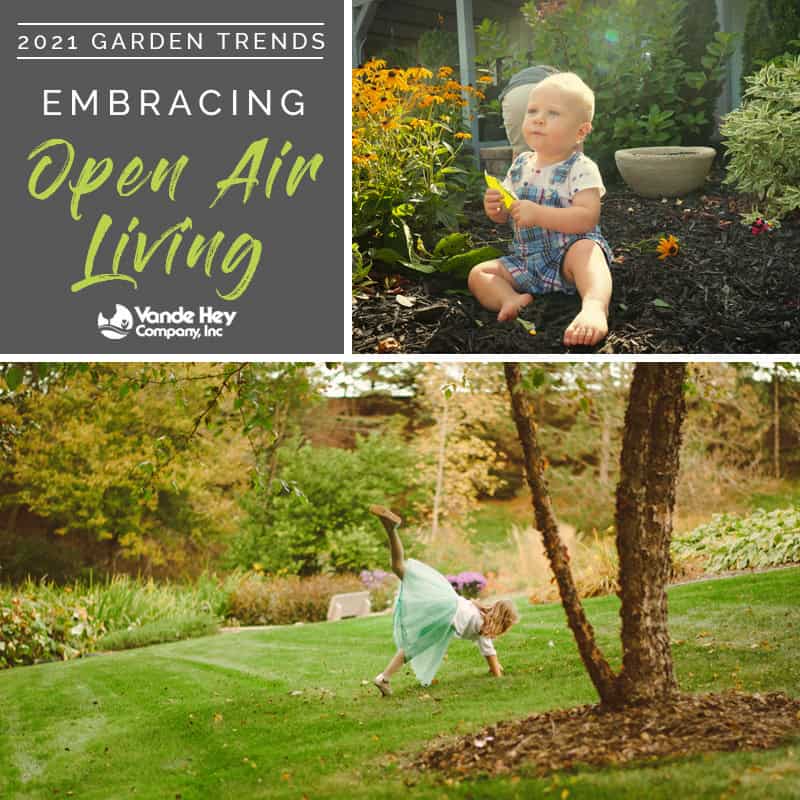
Autumn is here! Yet, with plenty of fantastic fall days still ahead, now is a great time to tackle a few easy tasks that will elevate your backyard and outdoor patio landscaping for seasons to come. In fact, fall is a key season for yard maintenance, setting the stage for a lush and vibrant landscape come spring. Read on to discover our top recommendations for creating a beautiful spring landscape through fall preparation:
Raking Leaves in Phases
One of the most obvious and necessary tasks in fall landscape maintenance is raking leaves. While it may seem like a purely aesthetic endeavor, there is more to it than meets the eye. When leaves accumulate on your lawn, they block sunlight, hindering photosynthesis in the grass and depriving it of oxygen and sunlight. This weakens your grass and can lead to flooding, fungal issues, or pests. We recommend raking and removing your leaves in phases through the season, allowing your lawn to dry out and absorb sunlight as much as possible.
Lawn Aeration
Fall is an ideal time to aerate your lawn. Aerating involves perforating the soil with holes to allow better air, water, and nutrient penetration. It also helps break up compacted soil, improving root growth and overall grass health. Here in Wisconsin, where the ground can become compacted from heavy winter snow and foot traffic, aeration is crucial. It’s like giving your lawn a breath of fresh air, ensuring it can absorb nutrients effectively and withstand the harsh winter conditions.
Our team begins lawn aerations in mid October as part of our fall cleanup process to ensure the healthiest lawn conditions moving into the winter season. If you have questions or are interested in these services, please reach out to our team!
Lawn Overseeding
Fall is an excellent time for overseeding your lawn. Seeding now helps to repair any damaged areas and allows grass seeds to establish strong root systems before winter. These roots will continue to grow even in cold temperatures, ensuring a robust and healthy lawn come spring.
Planting Perennials, Shrubs, and Trees
Believe it or not, fall is also an ideal time to plant perennials, shrubs, and trees. The soil is still warm, providing an opportunity for roots to establish before winter. Additionally, planting in fall puts less stress on the plants compared to the heat and drier conditions of summer. This reduces the risk of transplant shock and provides a gentler transition for the plants. If you have spring-blooming perennials that need splitting before next season, now is also a great time for dividing and transplanting. By splitting them now, when they aren’t blooming, all of the plant’s energy can go toward root and leaf growth.
Visit our Appleton nursery for a selection of perennials, shrubs, and trees to complete your garden and landscape design this fall. Just make sure to continue watering until the ground freezes, or as we like to say, “Put them to bed with their feet wet”!
Pruning
We recommend waiting to prune trees, shrubs, and roses until they are fully dormant, preferably late winter for most. Perennials like hostas and daylilies, however, can be trimmed back as long as their bloom cycle is complete. When cutting perennials back, be sure to hedge trim all foliage down to 3″ – 5″ above the soil, using a sharp set of pruners. Keeping a few inches of foliage above the soil will help insulate the roots during the winter months, and will help you locate the plant in the spring, preventing possible damage from spring yard work or mulching. As you work through fall landscaping, though, keep in mind that overwintering the foliage of some perennials like grasses, coneflowers, and black-eyed susans can actually provide food and shelter for birds during the winter months. These perennials can be cut back and cleared during early spring bed work.
The season may be winding down, but the effort you put into your fall yard maintenance will be rewarded with a lush and vibrant outdoor space come spring. Embrace the fall season and watch your landscape flourish in the seasons to come!
As always, our team of dedicated horticulturists, designers, and gardening specialists are here to help you with any questions or concerns you may have. Reach out to us at 920.788.6344 or stop into our garden center; we’ll be happy to help you on the way to a healthy, successful landscape this season!









